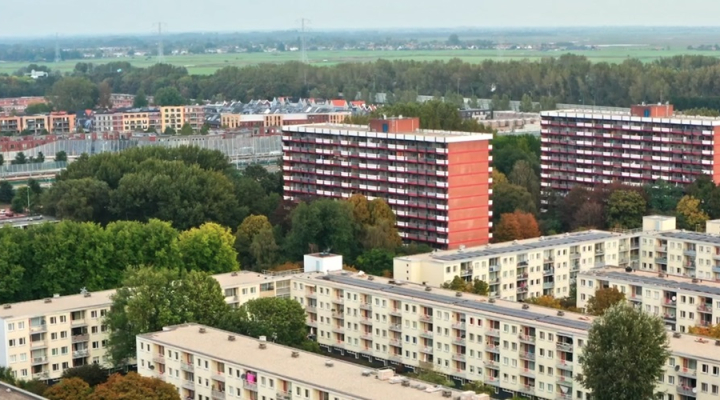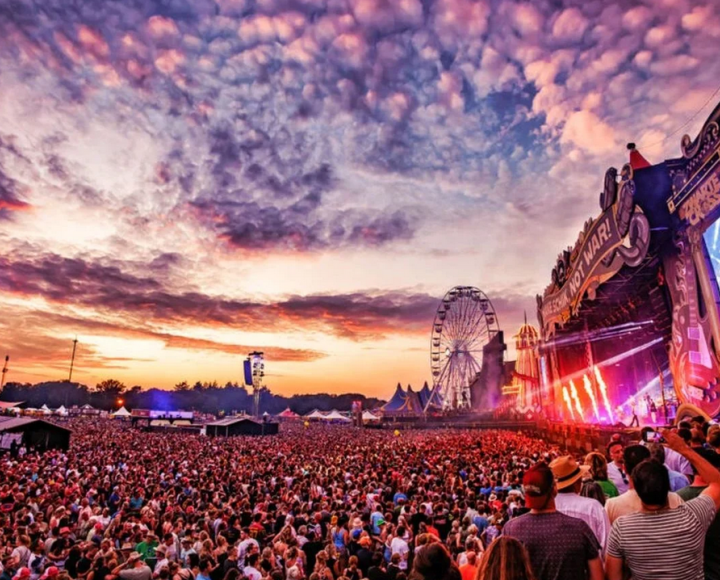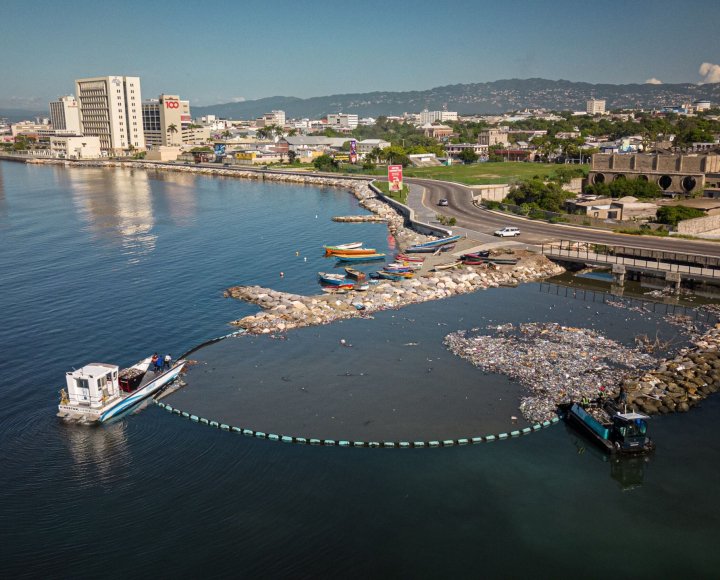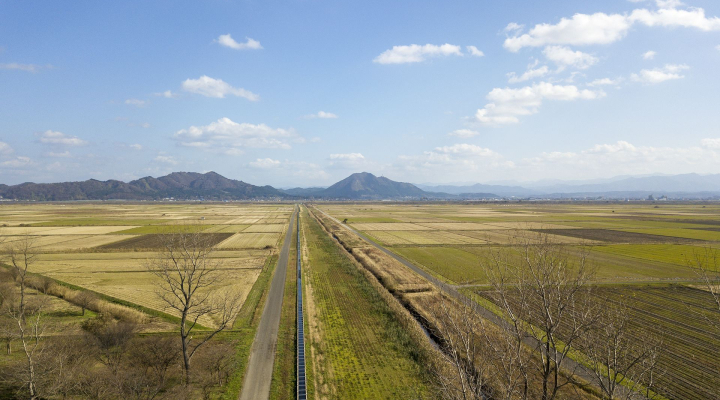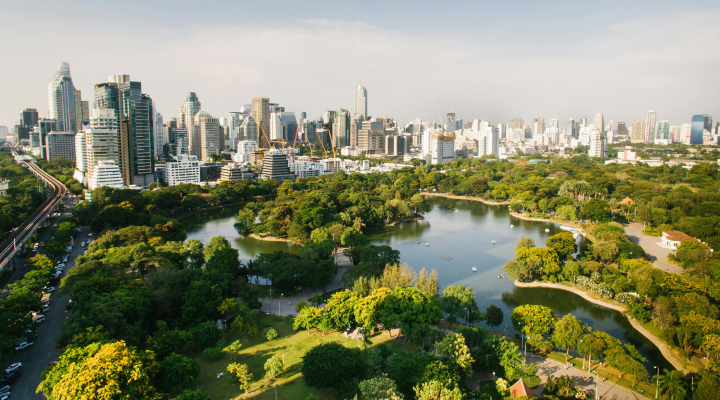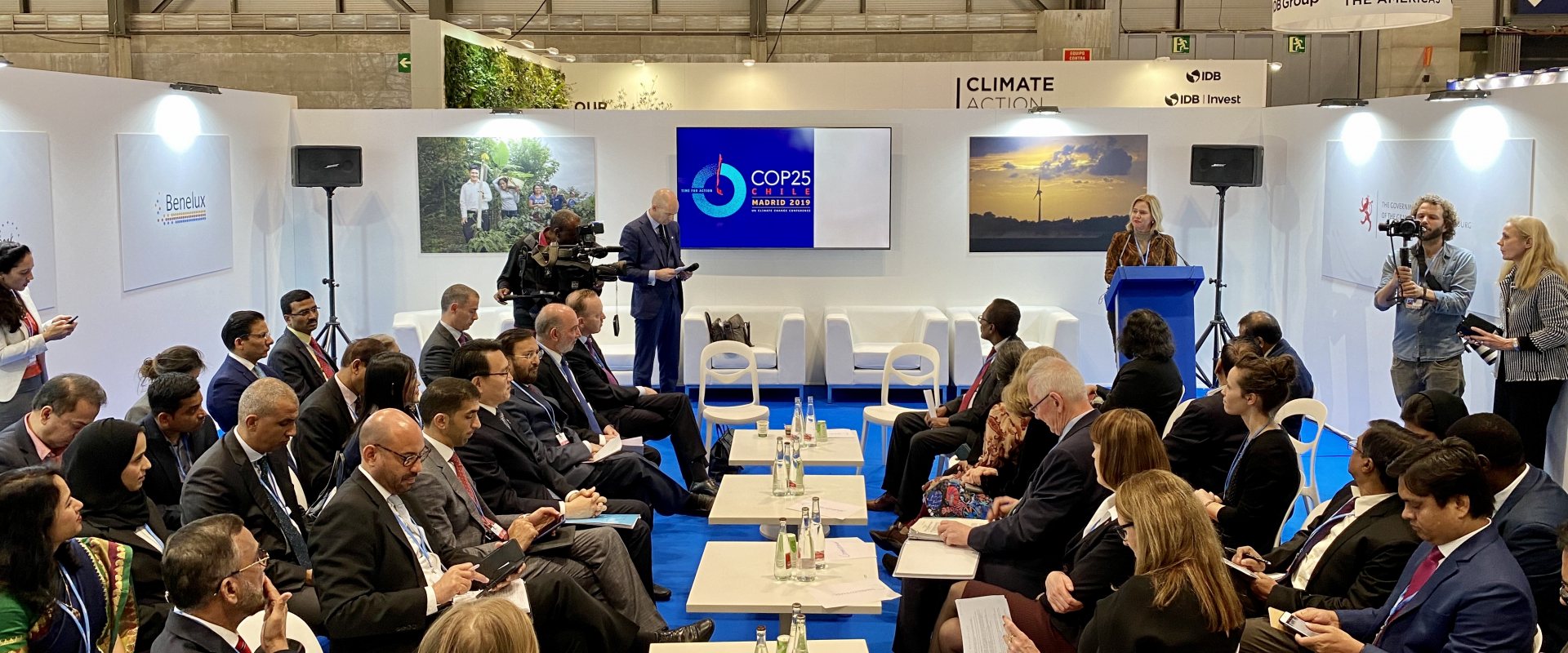
COP25: Restoring carbon-rich mangroves and peatlands makes sense in many ways
The ambition of all countries to make more out of their Nationally Determined Contributions (NDCs) to mitigate climate change, has been high on the agenda at the COP25 climate summit in Madrid. Multi-benefiting nature-based solutions, such as restoration of mangroves, peatlands and wetlands, were often mentioned as having great potential to raise the world’s ambition.
In an effort to bring nature-based solutions to scale, Mexico and Canada announced a special Nature-based solutions action track as part of the Year of Action initiated by the Global Commission on Adaptation (GCA).
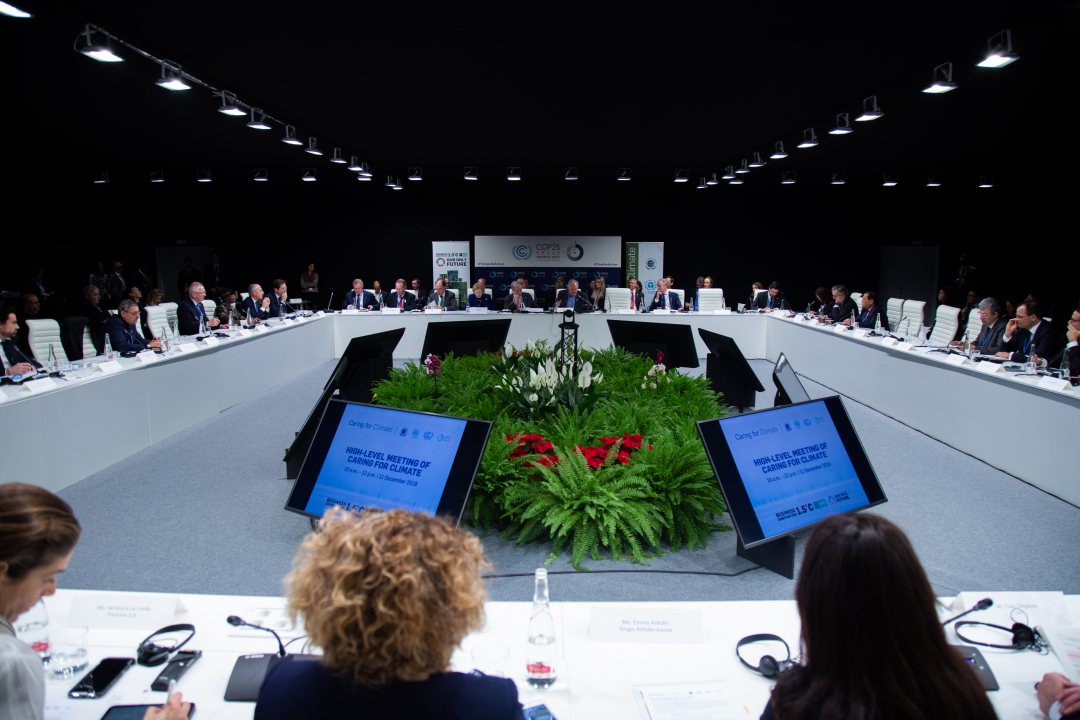

More ambition at national level
Some 130 countries drafted their first NDC plans in 2015, specifying the action they will take to lower carbon emissions and to mitigate climate change. Added up, the actions promised in these plans are not enough to avoid a 1.5C global warming.
In Madrid many side events were held on the NDCs to make countries more aware of the additional contributions they can make when drafting their following NDCs to be discussed at the COP26 in Glasgow.
For drawing up their new climate mitigation plans, many countries get support from the NDC Partnership, a 160+ member knowledge sharing organisation. The partnership was launched two years ago with The Netherlands as one of the initiators.
Multi-benefits from landscape restoration
Nature-based solutions were often mentioned as they do not only reduce the carbon-levels in the atmosphere, but also have multiple benefits for local communities. Especially the restoration of mangroves, peatlands and wetlands were highlighted as a potential to increase biodiversity, increase the availability of clean fresh water and decrease water risk such as floods.
In general, as was often argued, the restoration of the whole landscape, including reforestation, benefits food production, human health and even economic development of rural areas.
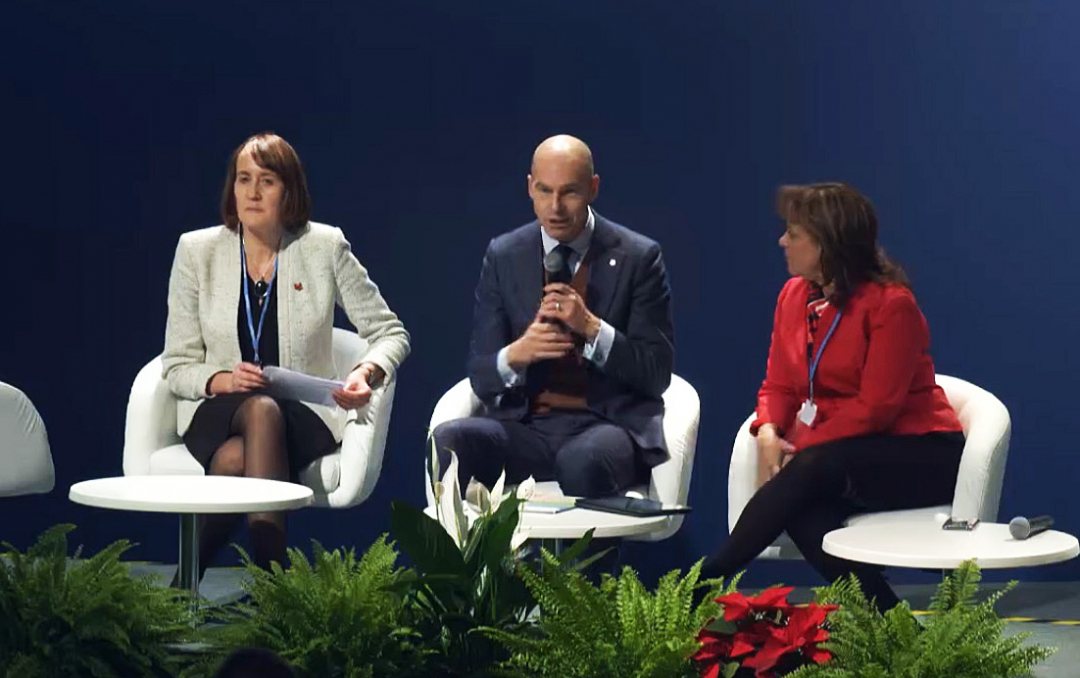

More action on adaptation
On 10 December at the side event on accelerating Nature-based solutions, Mexico and Canada took the lead in scaling up the implementation under the Global Commission on Adaptation (GCA).
Canada’s ambassador for climate change, Patricia Fuller, and Mexican deputy secretary Martha Delgado for Multilateral Affairs & Human Rights, announced a special track to generate more action leading up to the GCA Conference on Climate Adaptation in Amsterdam in October next year and the COP26 in Glasgow in December next year.
CEO Patrick Verkooijen of GCA challenged countries, cities and companies to join the track and showcase leadership on climate adaptation.
His invitation to stand up and show leadership, fits in with next year's UN theme 'Water and climate', and spurs more action towards the Global Climate Adaptation summit hosted by the Dutch government.


Job creator
Both Fuller and Delgado took the opportunity to give examples of such leadership. Delgado mentioned the tree planting campaign by her own government. Earlier this year Mexican president López Obrado announced a 500,000-hectare tree-planting programme, called Sembrando Vida (Planting Life). Next to fruit trees, the government also intends to include mahogany, cedar, cacao, rubber, cinnamon and soursop trees.
The trees will contribute to the improvement of the soil and ground water levels. It will also decrease erosion of soil and clogging of waterways and rivers. But above all, the Mexican president presented the programme as a job creator. He expects that the trees will revive deserted rural areas and provide people with opportunities to make a living close to home and thus curtail migration.
Indigenous water knowledge
Canada’s ambassador Patricia Fuller highlighted a water management project in Peru that is aided by the Canadian government. In the high mountains over the capital city of Lima, an ancestral water management system, the ‘mamanteo, is being re-installed to combat water scarcity in the dry season.
The 1,400 year old system used to capture excessive rain fall underground. A network of canals and ponds makes this fresh water to resurface downstream just as the dry season begins. The project envisions the re-installation of some 40 water wells.
More information on the NBS-action track can be found on the GCA-website.





